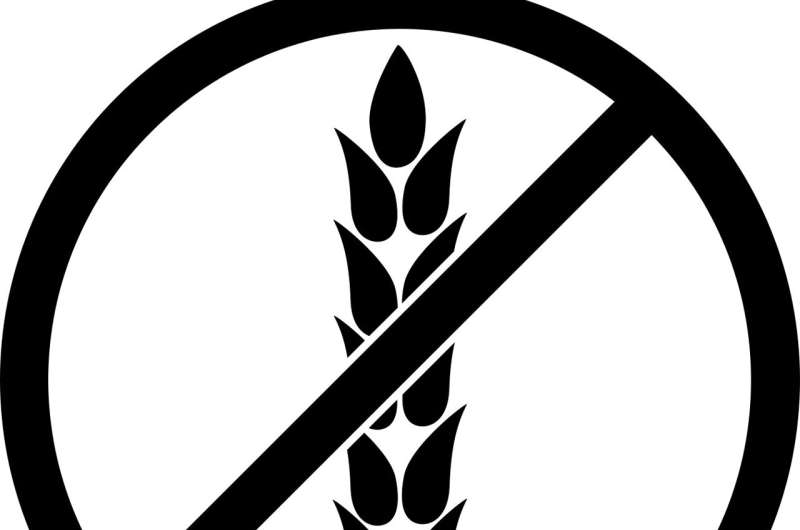This article has been reviewed according to Science X's editorial process and policies. Editors have highlighted the following attributes while ensuring the content's credibility:
fact-checked
reputable news agency
proofread
Getting through the holidays with celiac disease

As I prepared for my women's group Christmas cookie exchange, I realized how tough this season might be for someone with celiac disease. This condition can cause immense damage to the intestines when susceptible individuals consume gluten—a protein found in wheat, rye and barley.
And holiday or not, a lot of foods contain gluten. Besides the obvious baked goods made with wheat flour, gluten also resides in semolina (aka durum wheat), farina (milled wheat) and graham (coarse ground whole wheat flour).
Gluten from barley is found in beer (unless specified gluten-free), brewer's yeast, and malt, including malted milk and malt vinegar.
Foods made with rye are also off the table … goodbye pumpernickel bread. So is triticale—a cross between wheat and rye. And spelt, a grain related to wheat, barley and rye..oh, my.
The exact cause of celiac disease is unknown, although scientists say it is partly genetic (inherited from our parents) and partly environmental. Once it reveals itself, however, there is no cure. And just one remedy is effective against celiac disease…a lifetime of avoiding gluten.
If this sounds a bit harsh, it is for good reason. Because celiac primarily attacks the body's digestive tract, it interferes with the body's ability to absorb nutrients. This complicates the body's ability to function normally on many levels.
That's why it's highly recommended as soon as one is diagnosed with celiac disease to seek out the expertise of a nutrition professional as well as a gastroenterologist with experience in this area, according to new practice guidelines on this topic by the Academy of Nutrition and Dietetics (eatright.org ).
And thanks to current labeling laws, it is easier to identify foods that contain gluten…if they have a label. Foods can be labeled "gluten-free" for example, if they contain less than 20 parts gluten per million, according to the Food and Drug Administration. These products are "most likely safe to eat" says the Celiac Disease Foundation (celiac.org ).
Besides being a source of gluten, wheat is also considered a common allergen. So a food that contains wheat must be clearly labeled, according to FDA regulations. However, remember that gluten is also in barley and rye. So even though a food states that it is "wheat-free," that does not necessarily mean it is "gluten-free."
Sound complicated? It is. But here's the good news: Numerous foods are naturally free of gluten, including fresh fruits and vegetables, milk, fresh eggs, meat, poultry, seafood and nuts. Beware of packaged foods that contain these ingredients, however. Sauces and thickeners are a major source of hidden gluten.
What about holiday baking? Naturally gluten-free grains include corn, flax, gluten-free oats, amaranth, arrowroot, millet and yes, even buckwheat (aka kasha). Just look for the gluten-free label on flours and other products you buy.
2023 MediaNews Group, Inc. Distributed by Tribune Content Agency, LLC.


















